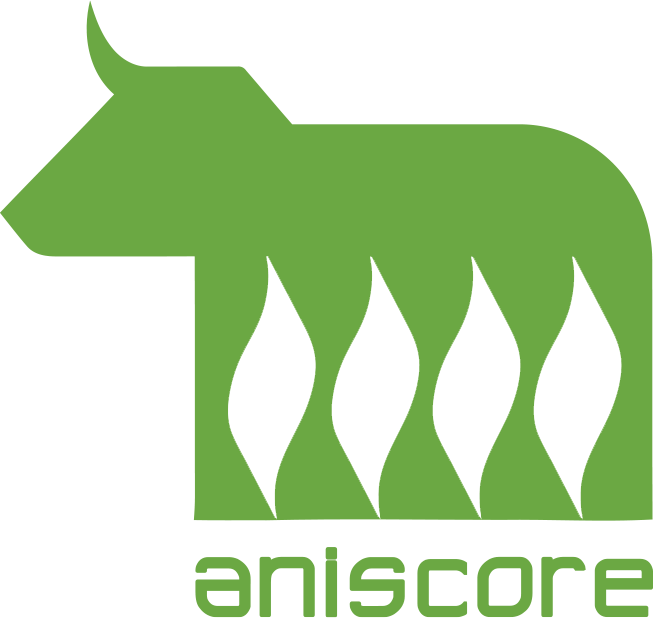
The Complexities and Challenges of Livestock Farming: A Deep Dive into the Issues
Introduction:
Livestock farming, a cornerstone of global agriculture, provides essential resources like meat, dairy, and wool, sustaining economies and nourishing populations worldwide. Yet, beneath the surface of this seemingly robust industry lie a host of challenges threatening its sustainability and ethical integrity. From environmental degradation to animal welfare concerns and economic disparities, the issues facing livestock farming demand careful examination and proactive solutions.
1. Environmental Impact:
Livestock farming is a significant contributor to environmental degradation, with its sprawling footprint affecting land, water, and air quality. The expansion of pasturelands and feed crop cultivation often leads to deforestation, habitat loss, and soil degradation. Moreover, intensive livestock operations generate substantial amounts of greenhouse gas emissions, primarily methane and nitrous oxide, exacerbating climate change.
Addressing the environmental impact of livestock farming requires a multifaceted approach. Sustainable grazing practices, such as rotational grazing and silvopasture, can mitigate soil erosion and improve carbon sequestration. Additionally, reducing reliance on grain-based feed through alternative sources like pasture and forage can alleviate pressure on land and water resources. Furthermore, technological innovations, such as methane-reducing feed additives and anaerobic digesters for manure management, offer promising solutions to mitigate greenhouse gas emissions.
2. Animal Welfare:
Ensuring the welfare of livestock is not only a moral imperative but also essential for maintaining healthy and productive animals. However, many animals in the livestock industry are subjected to overcrowded and unsanitary living conditions, lack of access to adequate food and water, and painful procedures such as dehorning and castration without proper pain relief.
Improving animal welfare requires a shift towards more humane and ethical farming practices. Providing animals with sufficient space, access to outdoor areas, and comfortable bedding can promote their physical and psychological well-being. Furthermore, implementing proper handling techniques and minimizing stress during transportation and handling can reduce the risk of injuries and disease. Additionally, alternatives to common practices like debeaking and tail docking should be explored to minimize pain and suffering in livestock.
3. Disease Management:
Livestock farming is susceptible to various infectious diseases, which can have devastating consequences for animal health, livelihoods, and public health. Outbreaks of diseases like foot-and-mouth disease, avian influenza, and African swine fever can lead to significant economic losses, trade disruptions, and even zoonotic transmission to humans.
Preventing and controlling diseases in livestock requires robust biosecurity measures, effective vaccination programs, and early detection and surveillance systems. Strict quarantine protocols and movement restrictions can help contain outbreaks and prevent the spread of infectious pathogens between farms. Moreover, educating farmers about disease prevention strategies and promoting good hygiene and sanitation practices can reduce the risk of disease transmission within livestock populations.
4. Antibiotic Resistance:
The overuse and misuse of antibiotics in livestock farming contribute to the emergence of antibiotic-resistant bacteria, posing a serious threat to human health. Antibiotics are commonly used in livestock production for disease prevention and growth promotion, but their widespread use can lead to the development of resistant strains, rendering these vital drugs ineffective in treating infections in both animals and humans.
To address antibiotic resistance in livestock farming, efforts must focus on promoting responsible antibiotic use and implementing alternative disease prevention strategies. This includes judicious use of antibiotics under veterinary supervision, adherence to withdrawal periods to prevent antibiotic residues in animal products, and investment in research and development of alternatives to antibiotics, such as probiotics, prebiotics, and phage therapy. Furthermore, strengthening regulations and enforcement mechanisms to restrict the use of medically important antibiotics in livestock production is essential to preserve the efficacy of these life-saving drugs.
5. Economic Challenges:
Livestock farming can be financially precarious, with farmers facing volatile market prices, rising input costs, and unpredictable weather patterns. Small-scale producers, in particular, often struggle to compete with larger operations and may lack access to resources, markets, and support services.
To address economic challenges in livestock farming, policymakers must prioritize investments in rural infrastructure, access to credit and markets, and risk management tools. Supporting diversification of income streams and value-added activities, such as direct marketing and agritourism, can enhance the resilience of livestock farming enterprises. Moreover, promoting inclusive and sustainable agricultural policies that prioritize the needs of smallholder farmers and marginalized communities can help reduce economic disparities within the livestock sector.
Conclusion:
The challenges facing the livestock industry are complex and interconnected, requiring holistic solutions that consider environmental sustainability, animal welfare, public health, and economic viability. By addressing issues such as environmental degradation, animal welfare concerns, disease management, antibiotic resistance, and economic disparities, stakeholders can work towards building a more resilient, ethical, and sustainable livestock farming system. Collaboration between governments, farmers, researchers, consumers, and civil society organizations is essential to drive positive change and ensure the long-term viability of livestock farming in a rapidly changing world.

